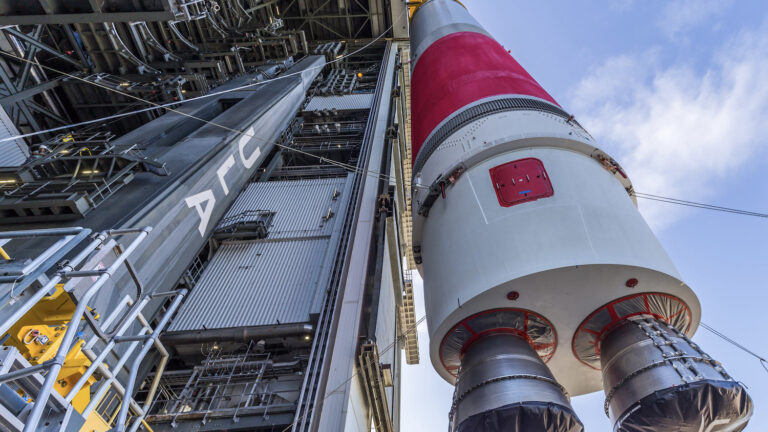
Horne said the Space Force is still analyzing data from the October 4 launch, but so far, officials expect to approve certification for the Vulcan rocket. An agreement between the Space Force and ULA requires two successful flights of the Vulcan rocket before the military will entrust it with a national security mission.
“For the purposes of the certification plan, which requires that the certification flight deliver the satellite or payload—in this case, the mass simulator—to its specified orbit successfully … that’s what happened,” Horne said. “So this was a successful completion of that mission.”
He added that early assessments by the Space Force show that, had the same booster anomaly happened on either of the first two military missions slated to fly on Vulcan, the rocket could have still achieved an on-target orbit, with performance margin.
“So it was a successful Cert flight, and now we’re knee deep in finalizing certification,” Horne said.
Launch date TBD
But it could take a little longer than the Space Force or ULA planned to sign the final paperwork to close out the certification process.
Engineers from ULA, the booster supplier Northrop Grumman, the Space Force, the National Reconnaissance Office, and NASA are participating in the inquiry into the nozzle malfunction. Last week, a ULA spokesperson told Ars the company recovered fragments of the nozzle that fell from the rocket near the launch pad to aid in the investigation.
“I think, when folks zoom in on the video, they see thrust, hot gas burn-through, potentially, in the bottom of the rocket section,” Horne said.
The second flight of ULA’s Vulcan rocket is on the way to orbit.
There was an unusual plume from one of the solid rocket boosters, accompanied by slag or sparks, that appeared at about T+37 seconds.
However, ULA reported nominal performance from the early stage of the flight. pic.twitter.com/VewQyxfOdp
— Stephen Clark (@StephenClark1) October 4, 2024
Tory Bruno, ULA’s chief executive, posted on X shortly after the October 4 launch that initial findings suggested the rocket casing itself did not suffer a burn-through, which would allow super-hot gas to escape the booster. However, there were visual indications of a plume of hot exhaust appearing just above the bell-shaped nozzle, possibly near where it was bolted onto the booster’s main body.
